Google's NotebookLM has been quietly building momentum since its launch, and now it's poised to take another significant leap forward. The platform already turns documents into engaging audio overviews and synthesizes research across multiple sources. Now there is something even more exciting on the horizon. Multiple sources confirm that a major data analysis feature is arriving very soon, promising to change how businesses and researchers work with their data. The timing could not be better; recent October 2025 updates have already positioned NotebookLM as an essential tool for business leaders looking to leverage AI for practical, everyday outcomes. This upcoming enhancement looks like another step in Google's strategy to make AI-powered research and analysis accessible to everyone.
What makes this data analysis feature so significant?
Here is what sets this upcoming capability apart right now. The data analysis feature builds on a remarkably solid foundation. The platform now reportedly harnesses Gemini's complete 1 million token context window, which lets it maintain context across extensive documents and complex projects without losing track of details. Working with large datasets or comprehensive research projects suddenly feels manageable because that massive window becomes the base layer for sophisticated analysis.
And the real game-changer is NotebookLM's grounded architecture. Unlike tools that pull information from who-knows-where on the internet, you can set it so that responses are anchored exclusively to your uploaded documents. That design choice cuts the risk of AI hallucinations that plague other platforms. You know the feeling, an AI sounds confident, then delivers something that is off.
This source-only approach creates what AI educator Jen Lehner calls 'a private, large language AI model' that works only with your information. Think of it as a brilliant research assistant who reads only what you hand them: no internet browsing, no random knowledge from training data, just focused analysis of your content.
The platform already handles different data types with ease, which makes this upcoming feature even more valuable. Users can already upload PDFs, transcripts, reports, proprietary data, audio files, and even YouTube content, with responses citing only those sources. Picture this: your quarterly reports, meeting transcripts, and research documents go in, and you get an analysis that connects the dots across all of them while maintaining clean source attribution.
How NotebookLM's evolution builds toward advanced analytics
The trajectory makes the next step obvious. NotebookLM evolved from Project Tailwind in 2023 to a full launch by October 2024, and each update has nudged it closer to true analytical depth.
The timeline shows intent. May 2025 brought mobile apps for Android and iOS with offline capabilities, crucial for enabling business users to collect and analyze data from anywhere, and creating a mobile base that enterprise analytics needs. In July 2025, Google introduced Video Overviews and a redesigned Studio panel, signaling Google's push to make insights visually compelling and presentation-ready.
Today's features already hint at serious analytical chops. Users can now customize both response tone and length. That sounds cosmetic at first, but it matters. Executive summaries need a crisp voice, technical deep dives need detail, and the platform can switch registers on command.
The new Learning Guide mode goes further. This feature uses adaptive questions to clarify user intent before generating an analysis. Instead of just answering, it helps you refine what you are really asking, which is the backbone of good analysis.
And the enterprise piece is already in place. Google Drive integration already allows seamless import and search of company assets. That creates a pipeline from existing systems into a notebook, without a pile of manual uploads.
Real-world applications preview analytical potential
Current users are already putting these building blocks to work, and the use cases hint at what the enhanced data analysis feature could unlock.
The platform excels at creating engaging discussions that weave together insights from multiple sources. Instead of slogging through a stack of dry papers, you get a narrative that highlights key connections and insights across everything you fed it.
Financial analysis shows how this turns into an end-to-end workflow. First, NotebookLM processes vast amounts of financial data to identify trends, patterns, and key metrics. On top of that recognition layer, the platform's AI-powered algorithms analyze historical financial data to generate reliable forecasts. Finally, it supports comprehensive risk assessments by analyzing various risk factors and their potential impact. Discovery to prediction to risk, a clean arc.
This is not just data processing; it is business intelligence.
Content auditing offers another clear path. AI educator Jen Lehner shared an example where she analyzed 99 podcast episodes to identify recurring themes and extract specific quotes with timestamps. It did not just summarize, it found patterns across nearly 100 hours of audio and returned actionable data with precise references. Lehner then used that comprehensive analysis to drive automation in specialized tools, showing how wide-angle analysis can produce structured outputs that downstream systems can use.
What this means for the future of business intelligence
The upcoming data analysis feature lands at the right moment for BI teams. Organizations want AI that delivers reliable, source-based insights, not speculative guesses. NotebookLM's approach of working exclusively with user-provided sources minimizes hallucinations and maintains high accuracy, which tackles the biggest blocker to AI-powered analysis tools: trust.
Here is how that plays out. Upload your company's annual reports, competitor analysis documents, market research studies, and customer feedback into a single notebook. The enhanced data analysis feature would surface connections between customer satisfaction trends and market performance, spot emerging competitive threats by looking across sources at once, and generate forecasts shaped by both internal performance and external conditions.
Google's roadmap points to stronger visuals and automation next. Plans include integration with their Nano Banana AI image generator for infographics and enhanced video visualizations, which means analysis results can be presentation-ready as visuals. More importantly for enterprise workflows, automatic chat history saving and public API access would let teams wire NotebookLM directly into existing systems, from weekly sales report analysis to continuous monitoring of customer feedback or rolling competitive scans.
The plumbing is there for large workloads. The platform currently supports up to 50 sources per notebook with an approximately 500,000-word limit per source. That is plenty for complex projects, and it comes with the same friendly interface that makes getting started remarkably straightforward, even for those new to AI tools.
Where does this leave us?
The imminent arrival of enhanced data analysis capabilities in NotebookLM feels like more than another feature. It's a move toward AI tools that prioritize accuracy and source-based reasoning over flashy but unreliable outputs. In a world where AI hallucinations and questionable sources have made many leaders skeptical of AI analysis, NotebookLM's grounded approach offers something different.
By working exclusively with user-provided materials, NotebookLM creates a private AI environment that organizations can trust with sensitive data and critical analysis tasks. There is no risk of your competitive intelligence analysis pulling in public chatter about your rivals, and no chance of forecasts being swayed by outdated or irrelevant training data.
The platform's versatility already shows range. It can generate summaries, timelines, quizzes, glossaries, and FAQs from uploaded sources, turning raw data into useful formats. With enhanced data analysis, those outputs evolve into deeper analytical products that blend source-grounded reasoning with powerful AI.
For teams that want AI-powered analysis without building custom stacks, NotebookLM's upcoming enhancement looks like the sweet spot. The platform leverages advanced language models to streamline research and analysis approaches, helping companies pull value from existing data repositories without heavy infrastructure or specialized expertise.
Bottom line: as this crucial data analysis feature becomes available, it's worth exploring how NotebookLM could reshape your analytical workflow. The mix of source-based reliability, a user-friendly interface, and serious AI horsepower can change how you make data-driven decisions. Whether you are analyzing financial performance, running market research, or mining years of internal documents, NotebookLM's enhanced capabilities aim to make complex analysis more accessible and more trustworthy than ever.




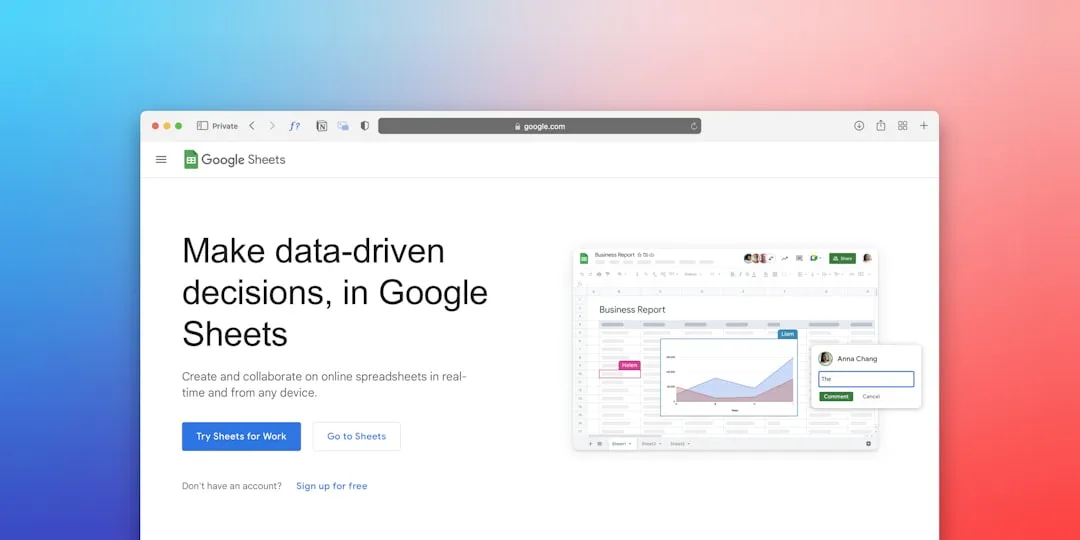

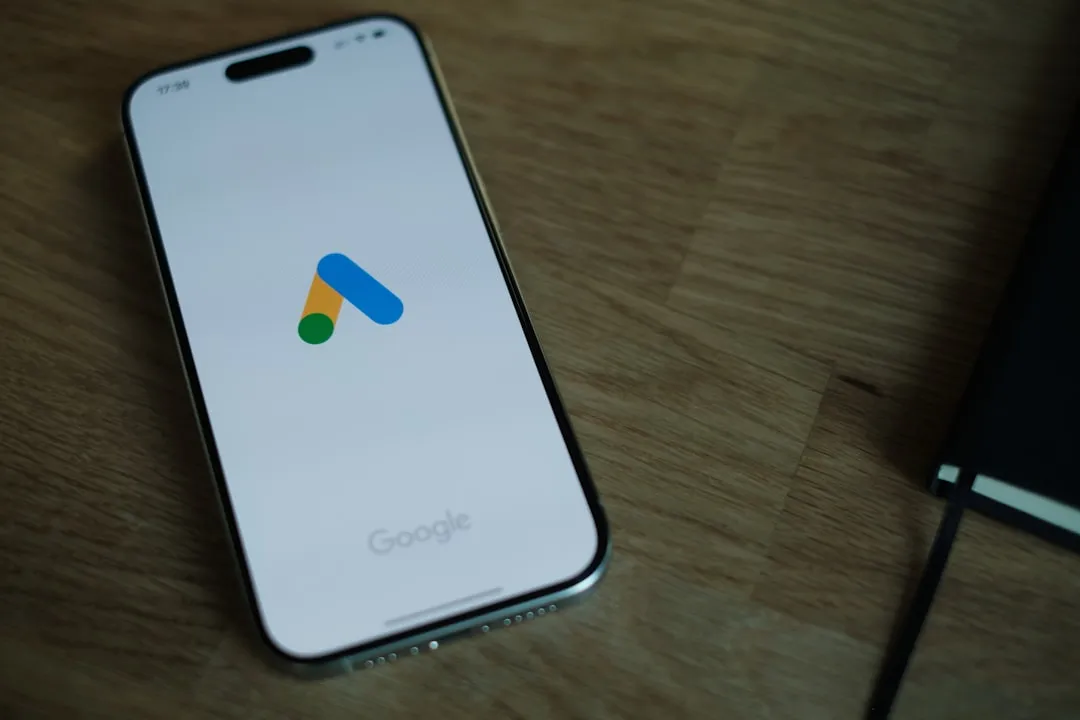

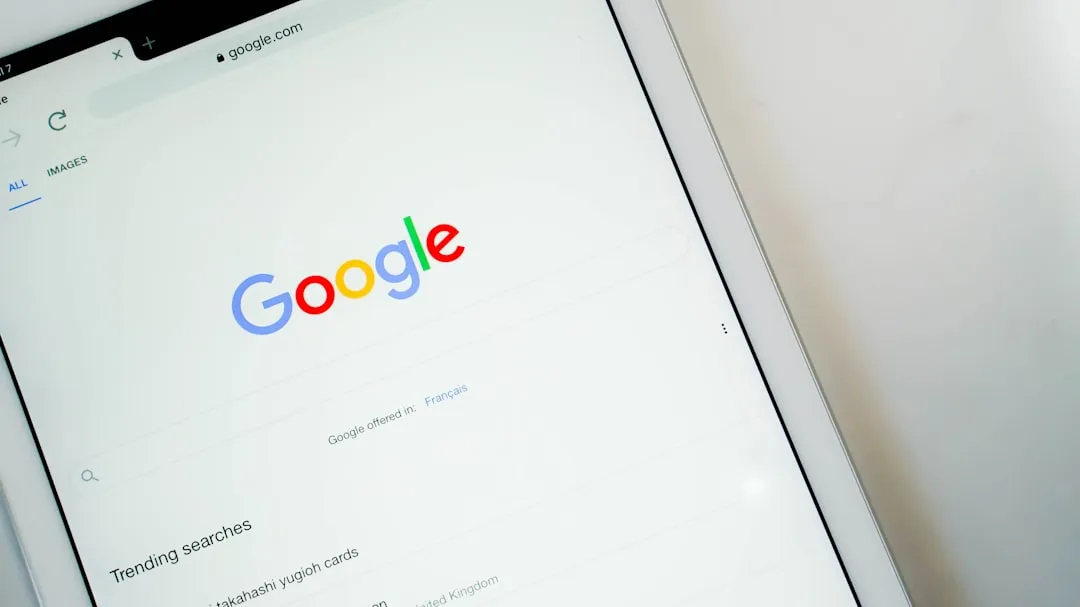


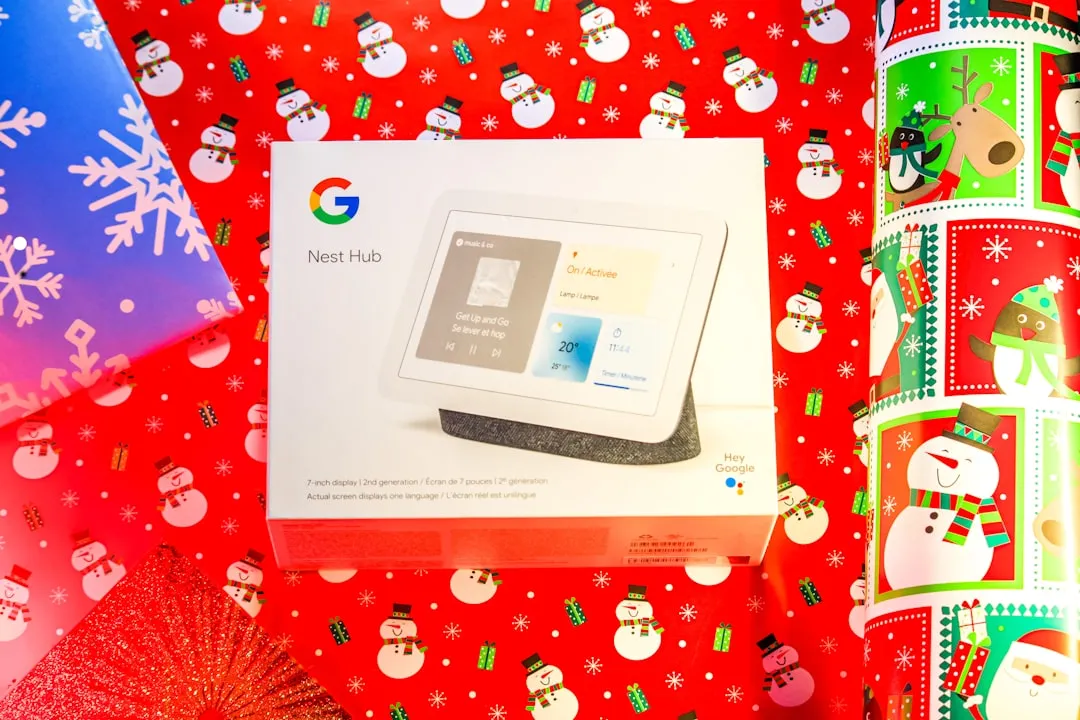


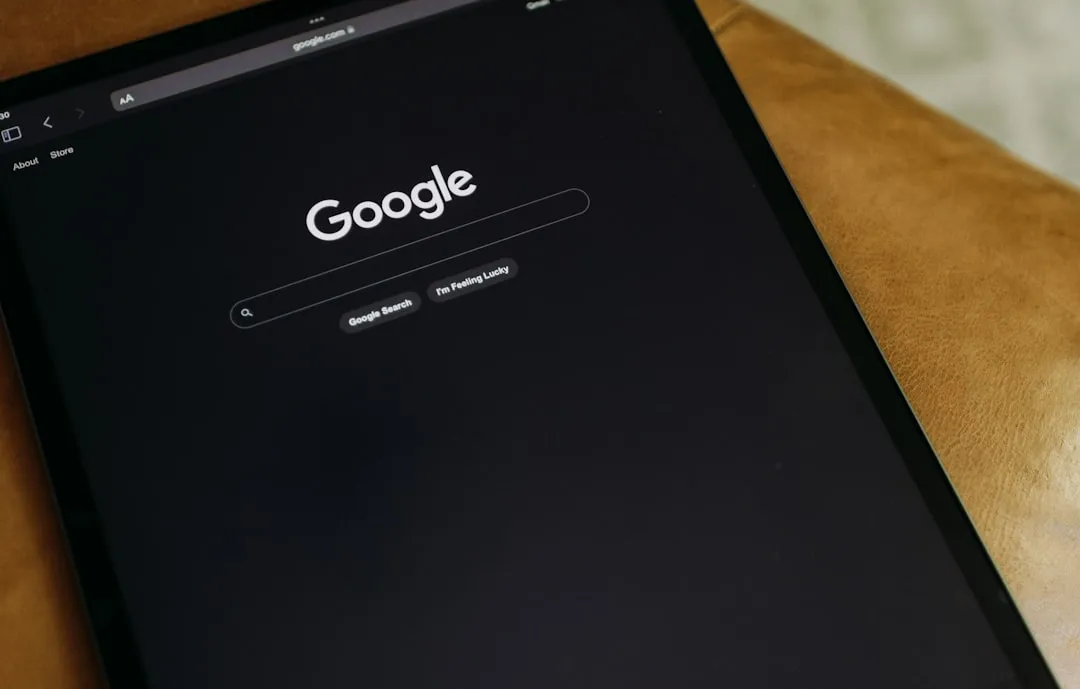

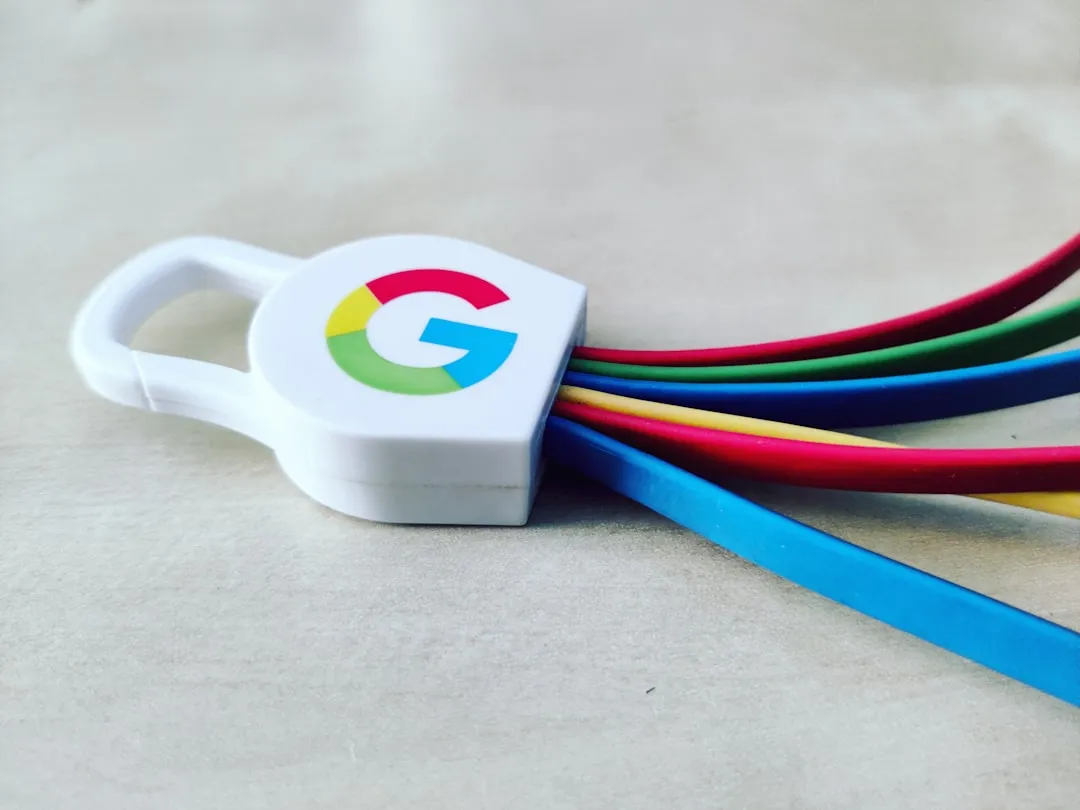
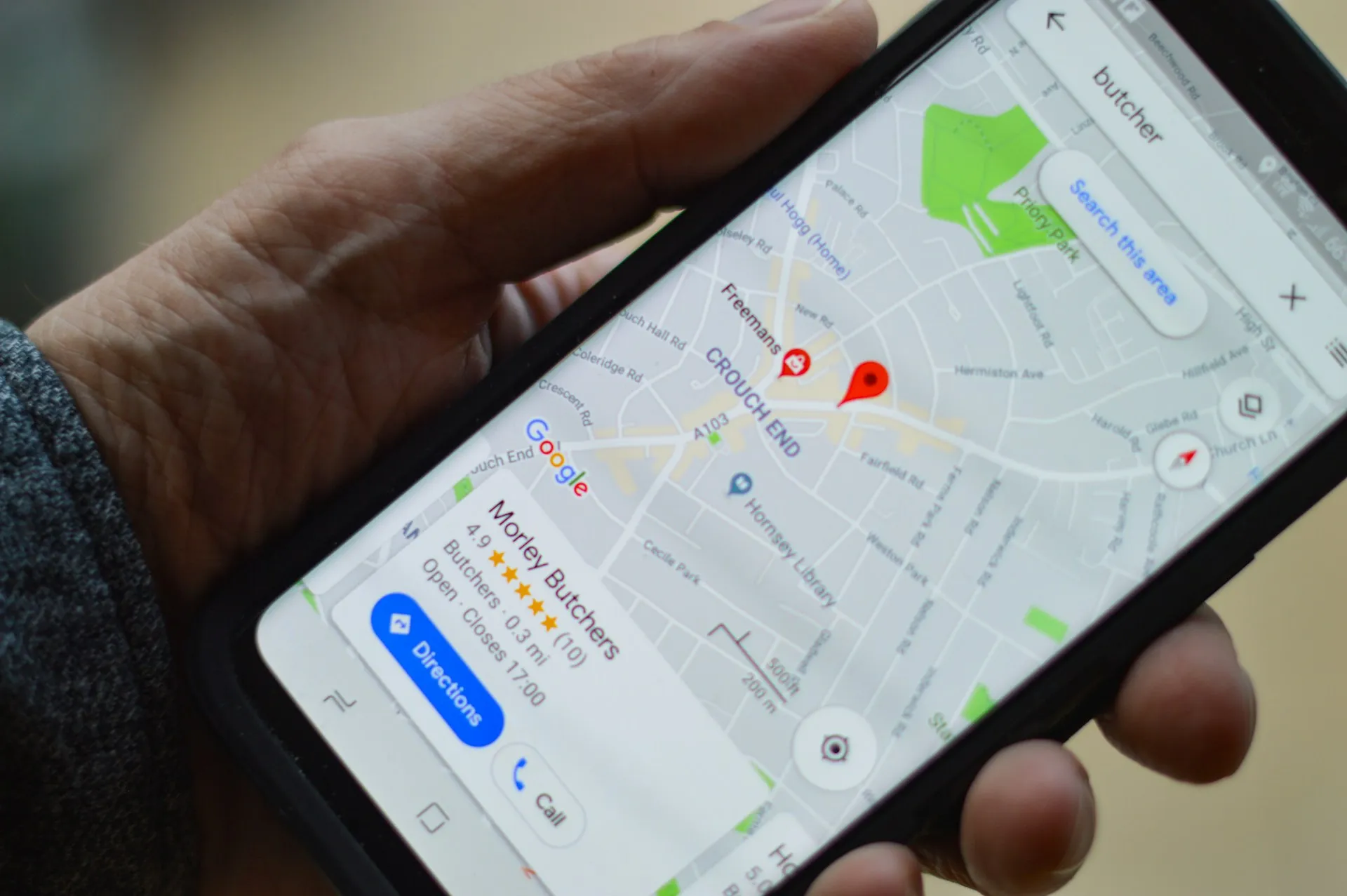


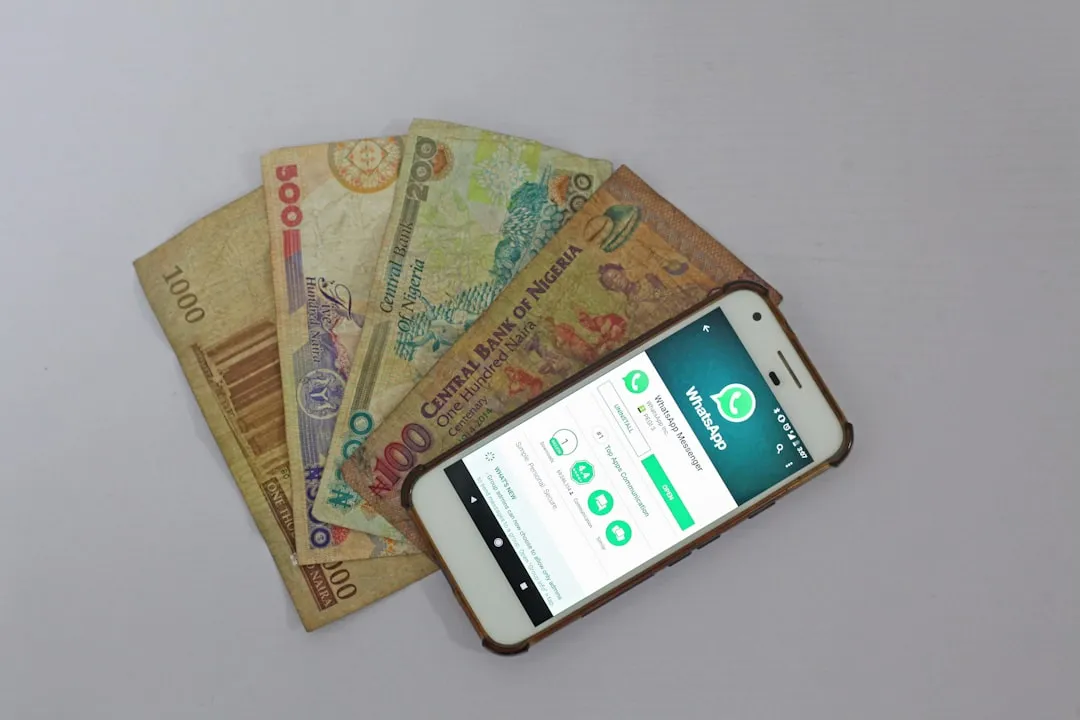
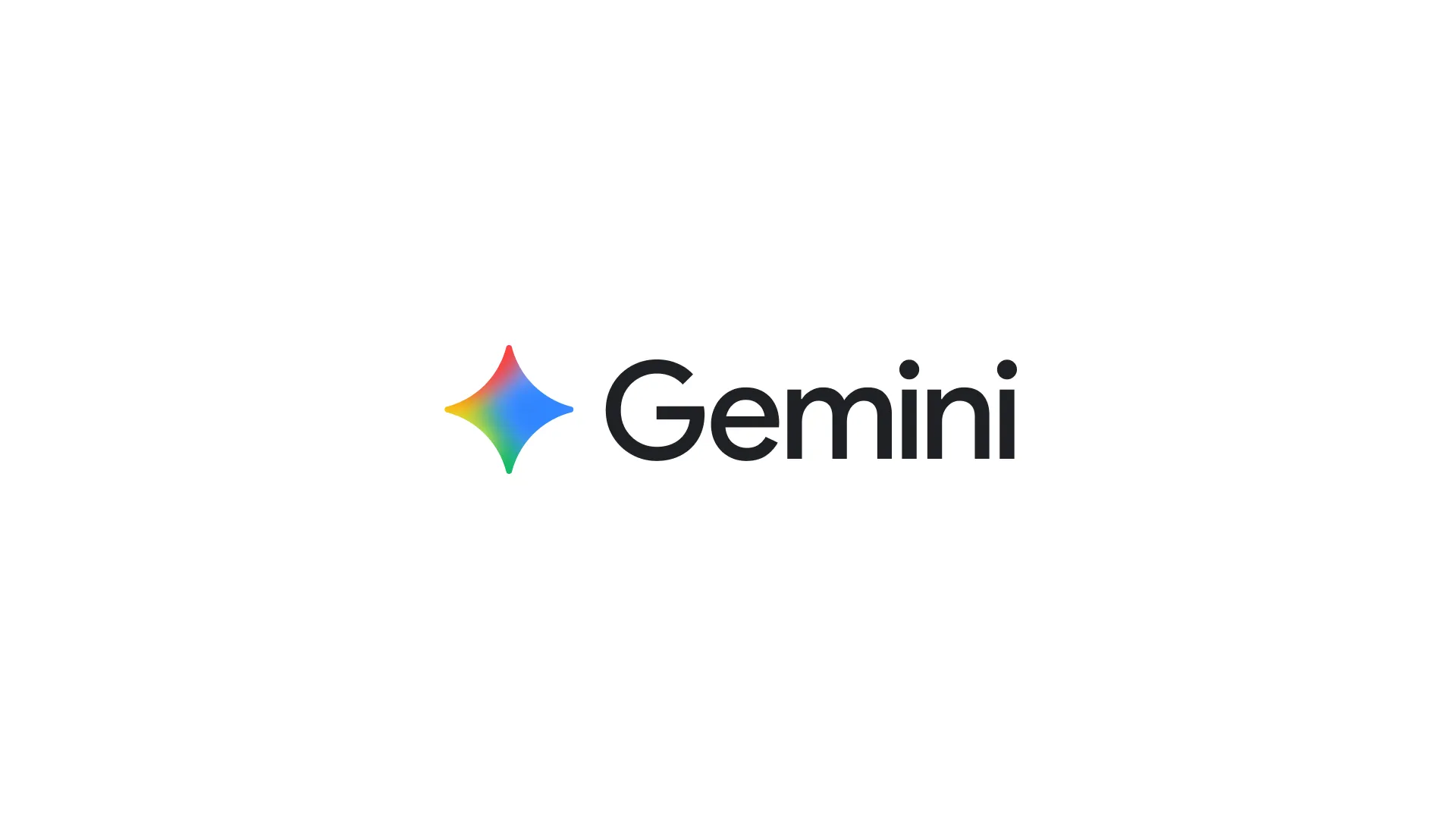
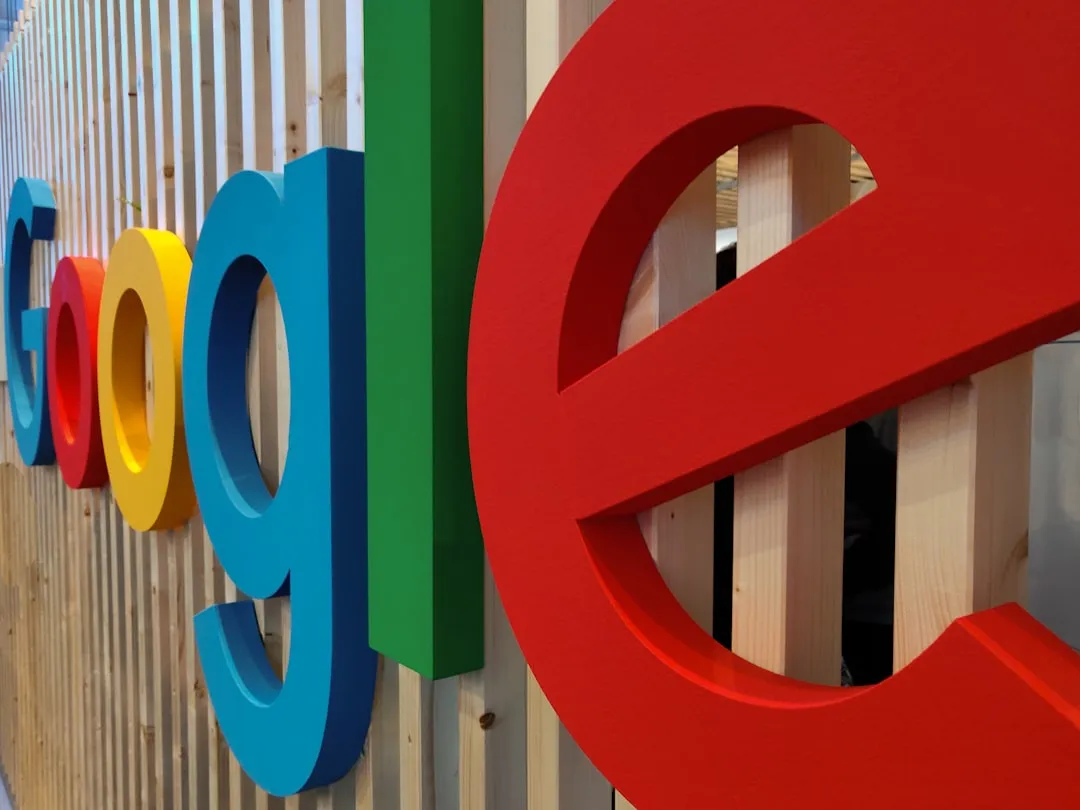
Comments
Be the first, drop a comment!